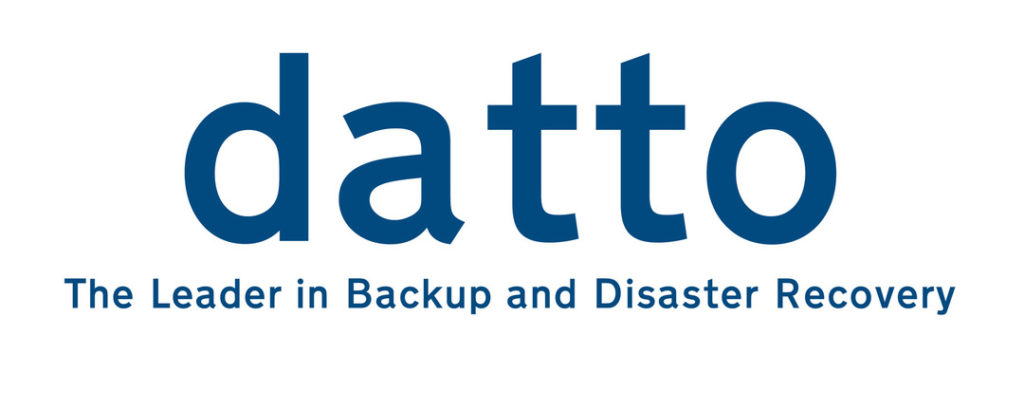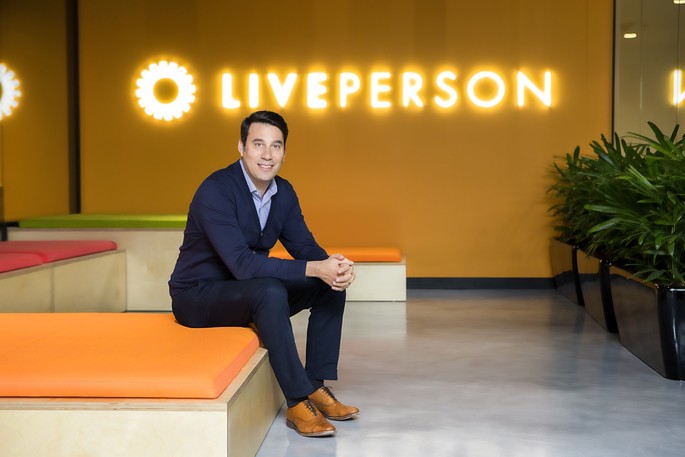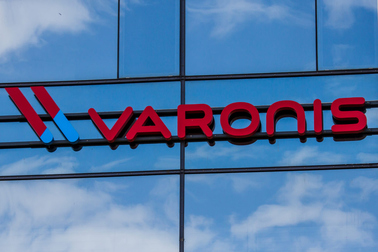Austin McChord, Started by making the device in the parent’s basement to get the “Unicorn” status.
Austin McChord, a software programmer, created Datto in 2007 in Connecticut. In 2017, the company was merged with Autotask Corporation and it became a subsidiary of Vista Equity Partners. Based in the software sector, Datto specializes in cybersecurity and data backup. Currently, the company has approximately 1,600 members and is led by Tim Weller (CEO of Datto). The company is known for developing both hardware and software products required for data recovery purposes. Datto started expanding to international markets in 2013 and currently, it has customers across the globe.
About Datto
Datto is a leading provider of cloud-based software and security products that are delivered by managed service providers. Datto’s solutions in various domains help its network of MSP Partners serve more than a million businesses worldwide. The products developed by Datto help the MSPs to protect both small and medium-sized businesses against threats.
Datto offers subscription-based pricing models so that there are multiple choices for different types of customers. But, the main focus of Datto is to enable MSP growth. When Austin McChord established Datto he used to sell self-made data backup devices. From that to becoming a unicorn, Datto has grown massively in a few years.

The Backstory of the Company
The idea of building a data recovery company came to Austin’s mind when he first developed a backup device in his parent’s basement. He used a LEGO brick to complete the first iteration of the product. After successfully building the backup device, Austin went ahead with the plan of founding Datto and thus started selling hand-made data backup devices. He landed his first customer in 2008 and eventually he was able to build a system that would allow data synchronization between two companies. Later, he successfully built a version of Zenith Infotech.
The sales started increasing slowly and by the end of 2009, the company made $70,000 in monthly sales. In 2010, Datto released a new product but unfortunately, it led to the crash of old computer systems. So, a replacement product was built from scratch to replace the new one and it was called SIRIS. The sales of the company were pretty much stagnant during this period and the company finally rolled out SIRIS as a free upgrade. In 2011, the sales started increasing rapidly and hit $9 million and the next year it increased to $25 million.
Success and Expansion
The funding round of the company started in 2013. In the first round of venture capital financing, Datto raised $25 million. This round was led by General Catalyst Partners. By this time also the company was focusing on various small and medium-sized businesses with clients such as Susan G. Komen for the Cure and several NFL teams. In 2014, Datto purchased a cloud-to-cloud backup company called Backupify. In 2015, the company’s series B funding round was led by Technology Crossover Ventures and it was able to raise $75 million. In the same year, the company also gained the “unicorn” status and became the only company in Connecticut to earn it. After the series B funding round, the company expanded to the Australian and New Zealand markets.
The acquisitions continued as in early 2017 the company acquired Open Mesh. Later in that year, the company was acquired by Vista Equity Partners and the deal was closed for approximately $1.5 billion. The company then merged with Autotask Corporation and Austin became the CEO of the merged company. But he stepped down from his position in 2018 and his place was taken by Tim Weller. In 2020, Datto became a public company and sold 22 million shares to raise $594 million in its IPO.
Austin McChord – Founder of Datto
Austin McChord is a computer engineer and an entrepreneur who became famous after founding Datto. He initially pursued electrical engineering at the Rochester University of Technology. When he was 21-year old, he developed a data backup device from scratch in his father’s basement. Initially, when the company was landing its first few customers, he received a buyout offer for $100 million but turned it down. Instead, he tried to raise some funding and strengthen the foundation of the company.

Annasha Dey is an NIT student, who apart from studying engineering is also a content writer. She has a great interest in photography, writing, reading novels, and travelling as well. She is a foodie who loves socializing and hanging out with her friends. She is also a trained Kathak dancer and a big fashion enthusiast. Dey also loves watching TV series, which includes F.R.I.E.N.D.S. and Big Bang Theory. To be a better writer she prefers to read more




